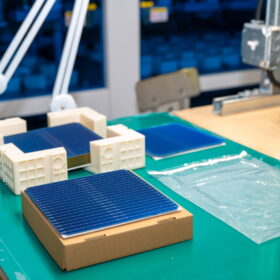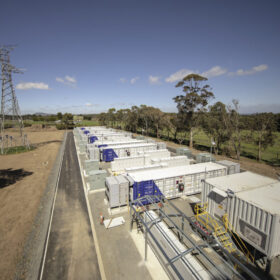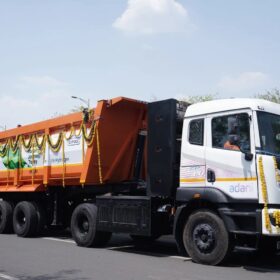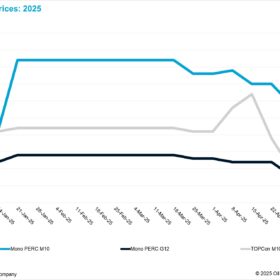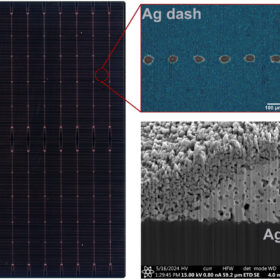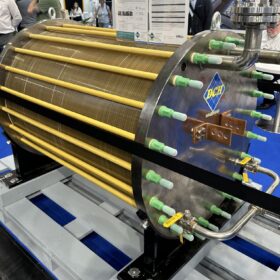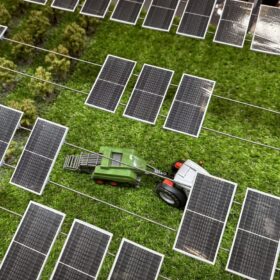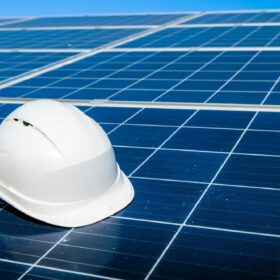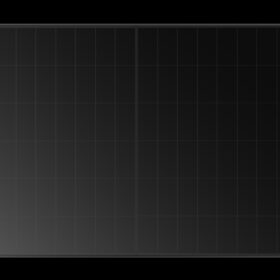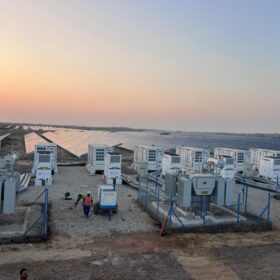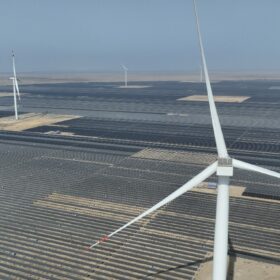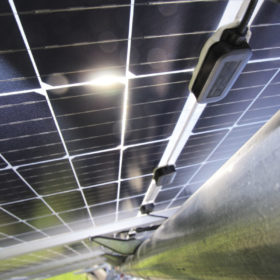Beyond the hype: Why PERC still powers a stronger solar future
New doesn’t always mean better: Passivated emitter and rear contact solar cells have earned their place through real-world reliability and cost-effective manufacturability.
Falling prices, rising geopolitical risks define energy storage scenarios
Experts speaking at the upcoming NetZero Milan Expo-Summit 2025 have told pv magazine that lithium’s rising competitiveness is pressuring emerging chemistries like sodium-ion, as the market shifts from incremental gains to larger cells that could reshape enclosure design.
Adani Group deploys India’s first hydrogen-powered truck for mining logistics
Adani Enterprises, part of Adani Group, has launched India’s first hydrogen fuel cell-powered truck for mining logistics in Chhattisgarh’s Raipur district.
Solar cell prices decline, production regions continue to diversify
In a new weekly update for pv magazine, OPIS, a Dow Jones company, provides a quick look at the main price trends in the global PV industry.
Silver-lean screen-printing can reduce silver use in TOPCon solar cells by 40%
An international research team has developed a metallization technique for TOPCon solar cells that can reportedly reduce silver usage in the devices’ rear side by 85%. The scientists replaced the commonly used Ag fingers with intermittent Ag dashes for contact formation and Ag-free fingers and busbars for electrical conduction.
SolarPower Europe expels Huawei amid EU bribery probe
SolarPower Europe (SPE) has dropped Huawei as a member amid an EU corruption investigation, as the European Commission moves to sever ties with trade groups representing the Chinese tech giant. The decision marks the first such removal by the Brussels-based solar lobby.
The Hydrogen Stream: Sungrow starts world’s largest dual-tech green H2 plant
Sungrow Hydrogen has started production at China’s largest dual-tech green hydrogen project combining PEM and alkaline electrolyzers, while HNO International has partnered with Zhuhai Topower to pilot its modular hydrogen platform in China.
Harnessing the power of agrivoltaics: the future of sustainable land use
With the increasing pressure to decarbonise the energy system while preserving arable land and biodiversity, agrivoltaics is quickly becoming a vital pathway towards sustainable development. A new report from the IEA PVPS Task 13 lays out a compelling vision for how solar energy and agriculture can not only coexist but thrive together.
Scatec starts constructing large-scale solar, battery storage project in Egypt
Work is underway on a 1.1 GW solar project with 100 MW/200 MWh of accompanying battery energy storage in Egypt. The first phase of the project is scheduled for commercial operation during the first half of next year.
Longi launches residential heterojunction back-contact solar module with 25% efficiency
Longi has developed the Hi-MO S10, a residential heterojunction (HJT) back-contact solar module with 25% efficiency, combining 27.6%-efficient cells with up to 510 W output and 252.3 W/m² power density.
